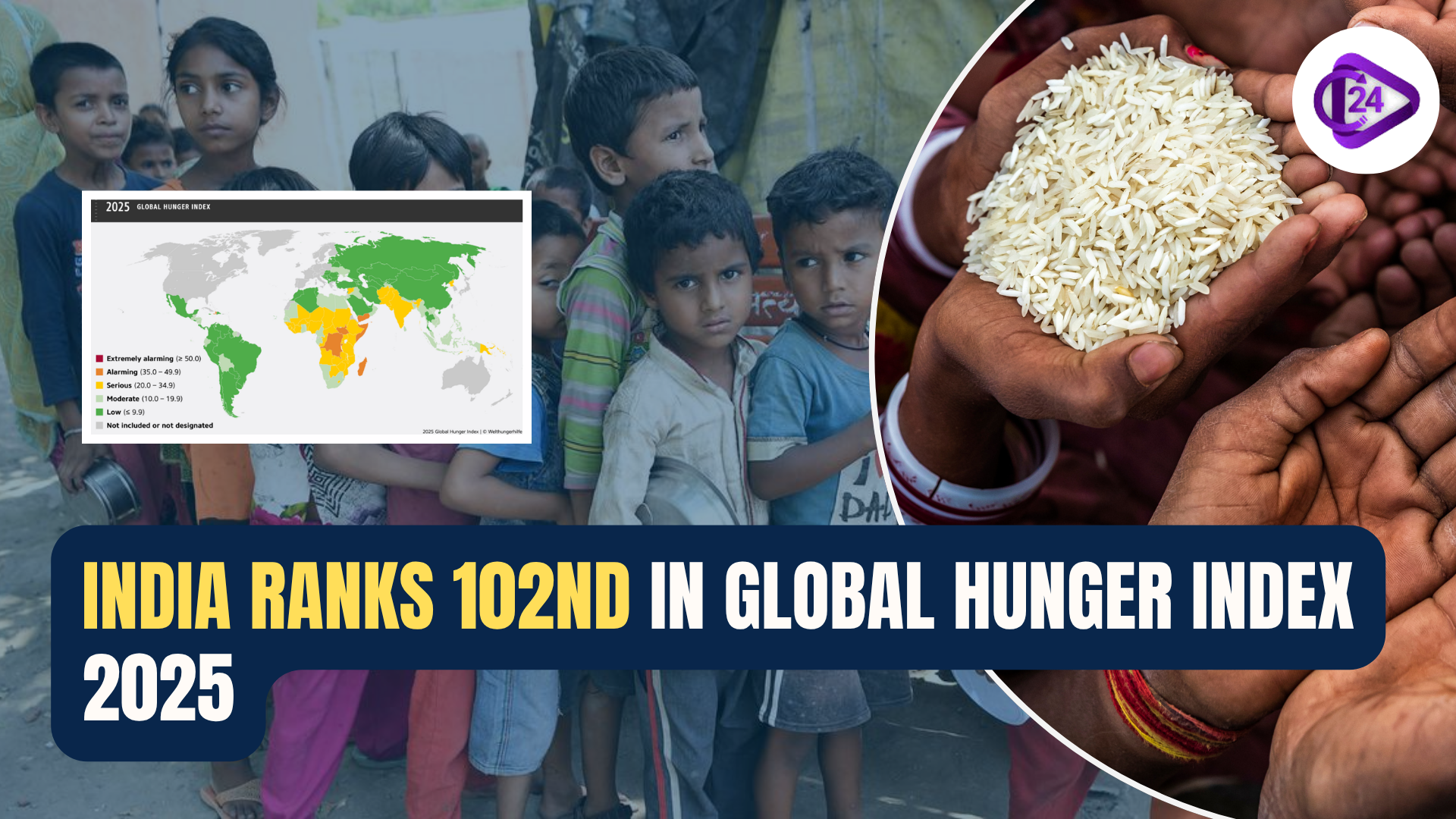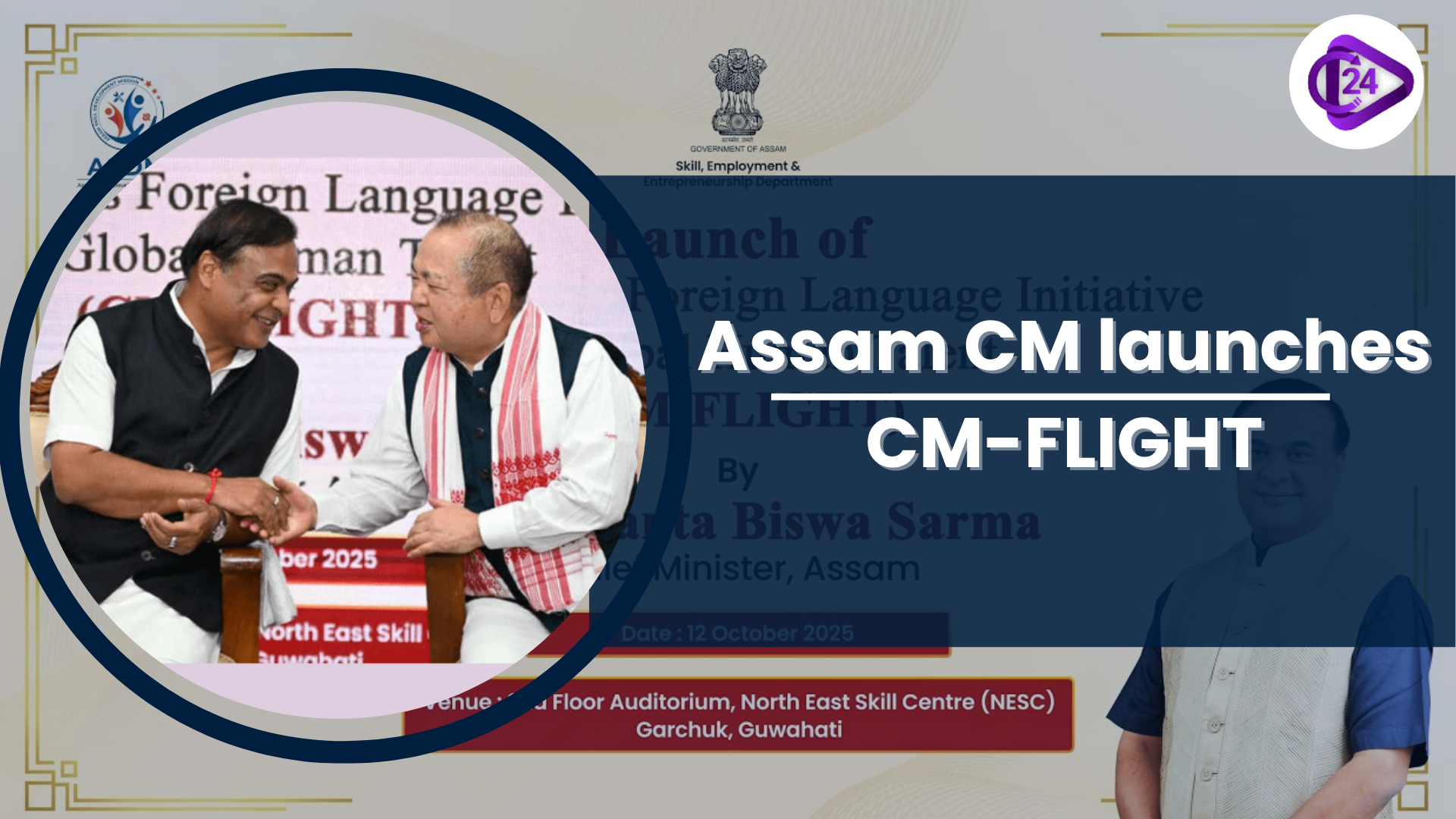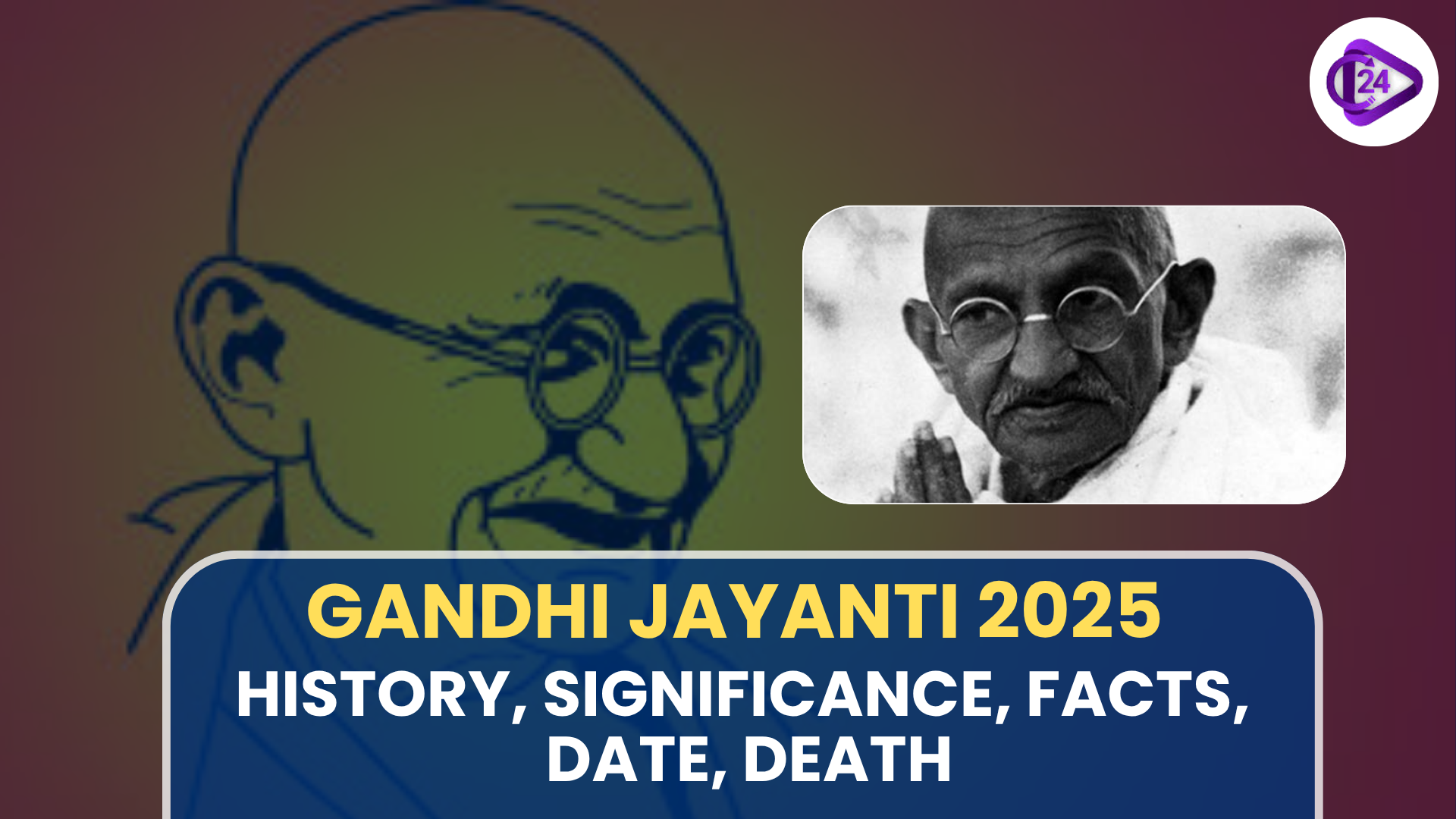
India and the WHO have decided to include traditional medicine in a global classification system, which means Ayush treatments will become more accessible around the world. The project showcases how traditional Indian medicine is being accepted into international healthcare. Modi noted this achievement, saying it brings Ayurvedic therapies closer to being introduced in other countries more systematically.
Context
-
The Minister of Ayush signed an agreement with the WHO to build a Traditional Medicine module as part of the ICHI system.
-
Its goal is to help systems like Ayurveda, Yoga, Siddha, and Unani become part of international health guidelines, allowing for scientific recognition and easier use by everyone.
Key Points
-
Agreement Signing:
-
India’s Ministry of Ayush and WHO signed the MoU on May 24, 2025, with Dr. Tedros Adhanom Ghebreyesus, WHO Director-General, present.
-
-
The Traditional Medicine Module forms part of the ICHI.
-
The new module works alongside WHO’s ICD-11 by adding standard global entries for treatments like Panchakarma, Yoga therapy, and regimens from Unani in a uniform style.
-
-
Key Benefits:
-
All billing practices in Ayush are transparent, and their prices are fair.
-
The idea of having Ayush treatments in health insurance policies
-
Hospital management works on clinical papers and research
-
More people around the world can use traditional medicine methods.
-
-
India’s Vision:
-
This action supports India’s effort to bring its old medical practices into the main global healthcare system, along with proof and accepted guidelines by science.
-
-
Global Endorsement:
-
WHO praised India for donating $3 million to support traditional medicine and once again pledged its effort toward universal health coverage and Health For All.
-
About AYUSH Ministry and Traditional Medicines
About the Development of Ministry
-
Began as the Department of Indian System of Medicine & Homoeopathy in 1995
-
The department was renamed AYUSH in 2003.
-
AYUSH Ministry was formed in 2014 to promote Ayurvedic, Yogic and other systems.
What does Traditional Medicine mean?
-
According to the WHO, traditional medicine is what cultures use to support and treat health.
-
Ayurveda, Unani, Siddha, Yoga, and Homeopathy make up India’s systems of medicine.
Why India is Strong in Traditional Medicine
-
Plenty of medicinal plants are found here.
-
At least 8,000 herbal remedies are recognized by AYUSH.
-
The main systems in India are Ayurveda, Unani, Siddha, and Folk medicine.
Growth and development
-
AYUSH sector rose from $3 billion (in 2014) to $18 billion (in 2020) and may reach $24 billion in 2023.
-
There are over 7,000 AYUSH wellness centers open across the country
-
Development in innovation for supply chain, diagnostic practices and telemedicine
Government Initiatives:
-
Affordable AYUSH services and better quality control through the National AYUSH Mission
-
FSSAI’s AYUSH Aahar program is for producers of herbal supplements.
-
The AYUSH Export Promotion Council supports India’s overseas exports.
-
Planned AYUSH Parks and incubation centers to encourage research and help start-ups
WHO Global Centre for Traditional Medicine (GCTM)
-
In Jamnagar, Gujarat, you can find Sapphiro
-
The world’s first global center exclusively for traditional medicine
-
The main investment by India is valued at around US$ 250 million
Conclusion:
Working together, India and the WHO are bringing Ayush systems into mainstream classification worldwide. Ayurveda secures India a leading role in the global health arena by validating its traditional medicine, giving rise to reasonable, common and consistent health services around the globe.



 Harsh Sanghavi Appointed Gujarat Deputy Chief Minister in Major Cabinet Reshuffle
Harsh Sanghavi Appointed Gujarat Deputy Chief Minister in Major Cabinet Reshuffle India Ranks 102nd in Global Hunger Index 2025: Hunger Remains a Serious Challenge
India Ranks 102nd in Global Hunger Index 2025: Hunger Remains a Serious Challenge Kaziranga Director Sonali Ghosh Becomes First Indian to Win IUCN Innovation Award
Kaziranga Director Sonali Ghosh Becomes First Indian to Win IUCN Innovation Award Assam Government Introduces CM-FLIGHT Scheme for Improved Global Career
Assam Government Introduces CM-FLIGHT Scheme for Improved Global Career India’s First Bullet Train to Launch by August 2027, Mumbai–Ahmedabad
India’s First Bullet Train to Launch by August 2027, Mumbai–Ahmedabad Goa Launches Majhe Ghar Housing Regularisation Scheme
Goa Launches Majhe Ghar Housing Regularisation Scheme IUCN Recognizes India’s First Dugong Conservation Reserve in Tamil Nadu
IUCN Recognizes India’s First Dugong Conservation Reserve in Tamil Nadu Cyclone Shakti Brings Heavy Rain Forecast for Mumbai and Konkan Region
Cyclone Shakti Brings Heavy Rain Forecast for Mumbai and Konkan Region Underwater Road Tunnel in Assam
Underwater Road Tunnel in Assam 156th Gandhi Jayanti 2025, History, Significance, Facts, Date, Death
156th Gandhi Jayanti 2025, History, Significance, Facts, Date, Death






